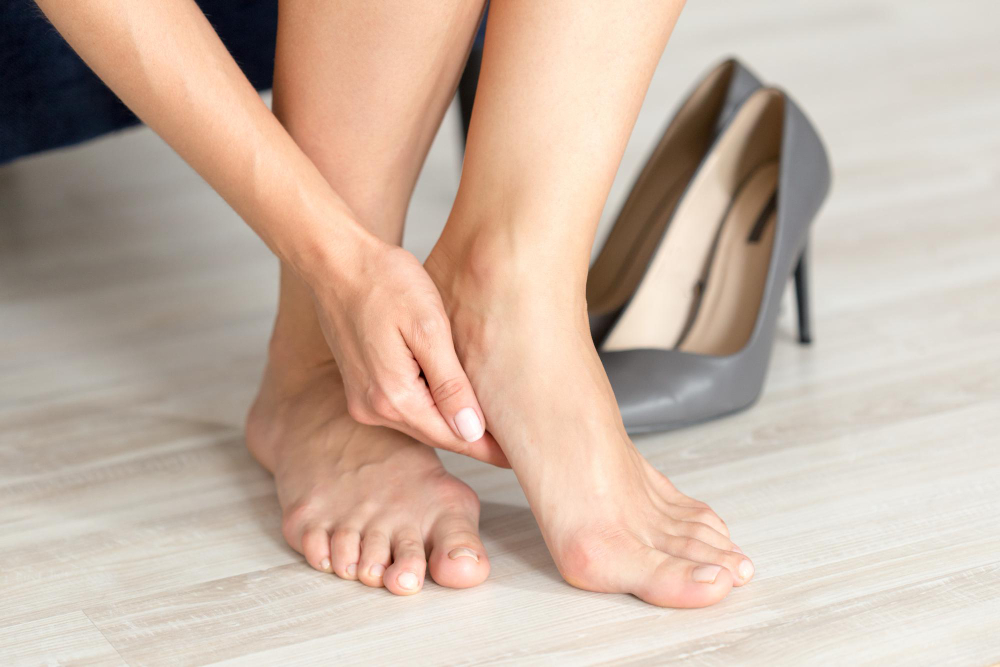
Heel spurs are a common condition that affects many people, causing intense pain and discomfort. If you're experiencing sharp pain in the heel of your foot, you could be suffering from this condition. But, how do they occur, and what are the best ways to treat them? In this blog post, we'll discuss everything you need to know about heel spurs, including its causes, symptoms, and available treatment options.
Causes
Heel spurs are caused by calcium deposits that form on the bottom of the heel bone. These deposits can create a spur-like protrusion, which presses on the surrounding tissues, leading to inflammation, pain, and discomfort. While heel spurs can occur in anyone, they are more common in athletes and people who engage in physical activities involving their feet, such as dancing and running.
Symptoms
The most common symptom of heel spurs is a sharp pain in the heel, which is often most noticeable in the morning after waking up. The pain may also be intense after standing or walking for extended periods. Additionally, people with heel spurs may feel a burning sensation in the affected area or even numbness in their toes.
Treatment
The treatment for heel spurs typically involves managing the pain and inflammation while treating the underlying cause. Some of the most common treatment options include foam padding, stretching exercises, anti-inflammatory medication, and cortisone shots. Orthotics and custom shoes with supportive insoles can also help to alleviate the pain and prevent the condition from worsening.
In extreme cases, surgery may be required to remove the heel spur or connective tissue that has become inflamed. However, this option is usually a last resort and only recommended if all other options have been exhausted.
Prevention
To prevent heel spurs from occurring, it's essential to take care of your feet and wear properly fitting shoes with supportive insoles. Stretching exercises can also help to strengthen your feet and prevent injuries. If you're an athlete or involved in physical activities, make sure to take breaks and rest your feet when necessary.
Conclusion
Heel spurs can be incredibly painful, but they are treatable with proper care and attention. If you're experiencing sharp pain in your heel, contact your orthopedic surgeon immediately to schedule a consultation. With timely and proper treatment, you can relieve your symptoms and resume your daily activities pain-free. For more information on treating heel spurs, and if you're looking for an orthopedic surgeon in Lake Mary, FL, contact Central Florida Bone & joint Institute today.